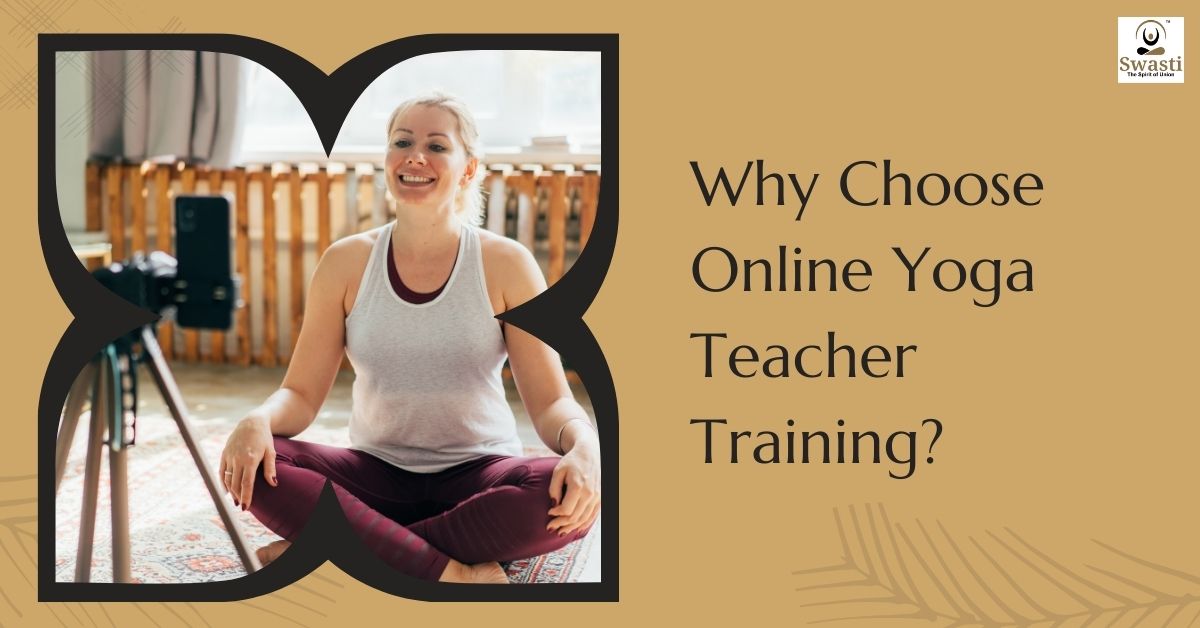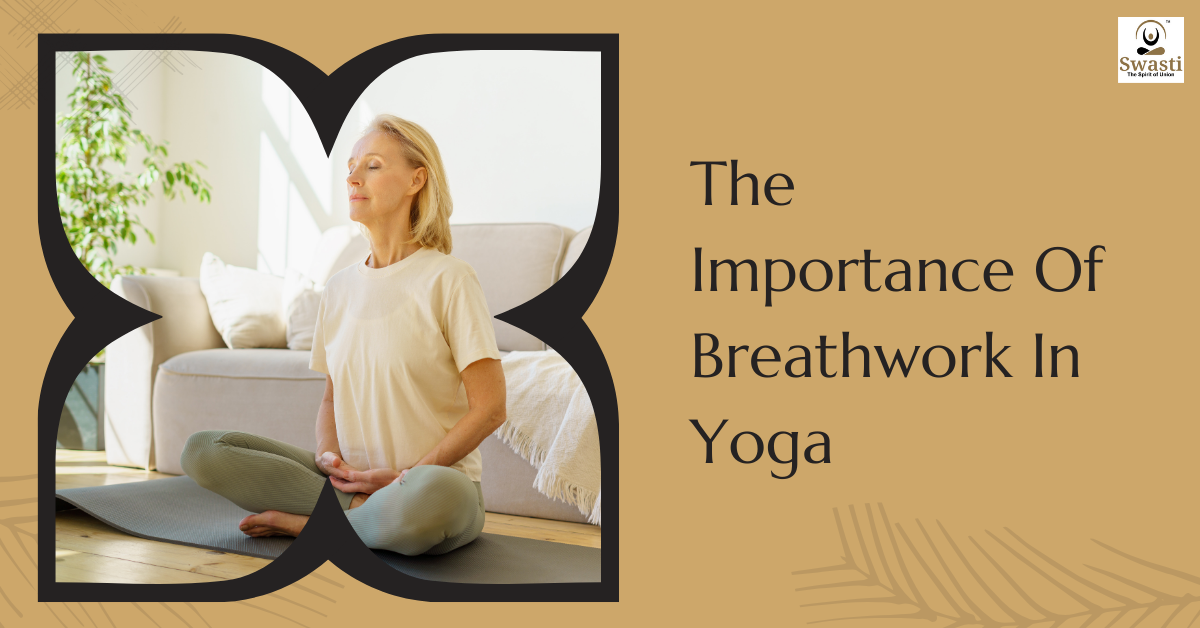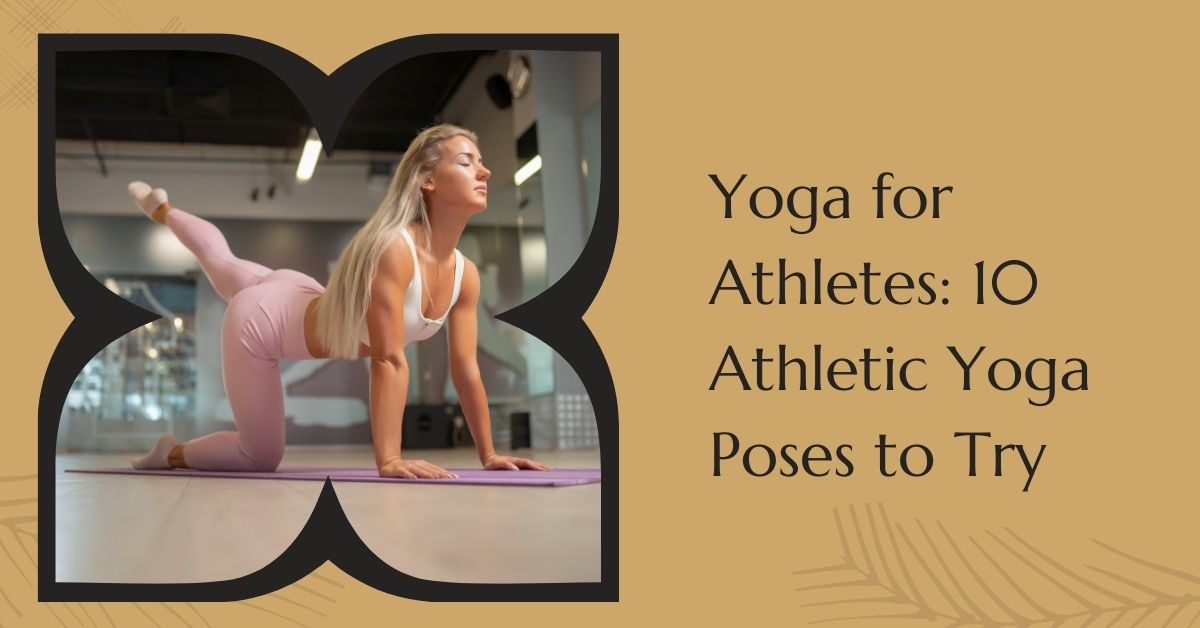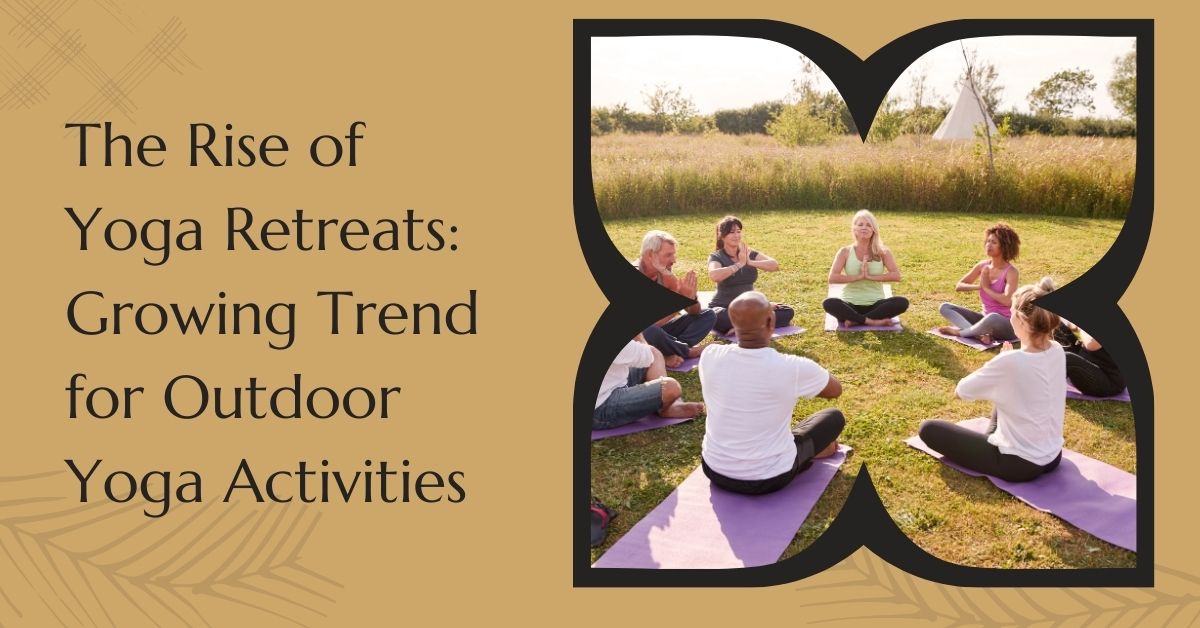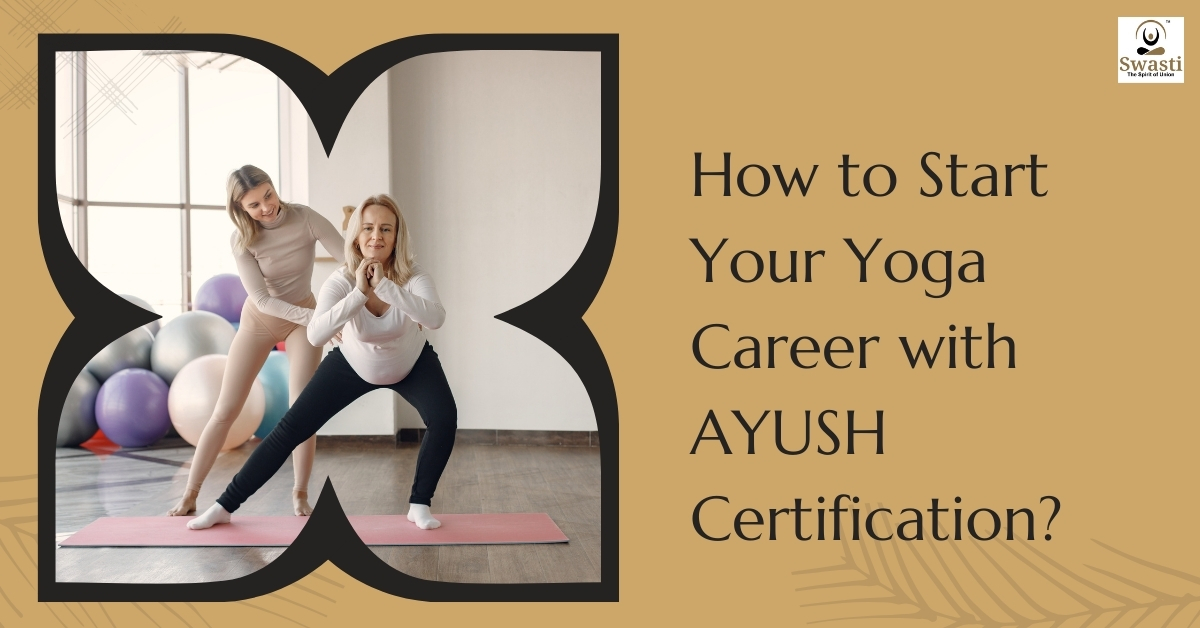
How to Start Your Yoga Career with AYUSH Certification?
Yoga, an ancient practice that harmonizes the mind, body, and soul, has transcended borders and gained widespread recognition for its holistic benefits. For individuals passionate about yoga and eager to channel their enthusiasm into a fulfilling career, obtaining certification from the Ministry of AYUSH (Ayurveda, Yoga & Naturopathy, Unani, Siddha, and Homoeopathy) can serve as a significant milestone. AYUSH certification not only validates your expertise as a yoga practitioner but also opens doors to diverse opportunities within the wellness industry. In this detailed guide, we will explore the essential steps to kickstart your yoga career with AYUSH certification and delve deeper into the transformative power of this ancient practice. Understanding the Significance of AYUSH Certification The Ministry of AYUSH, under the Government of India, plays a pivotal role in promoting traditional Indian systems of medicine and holistic practices, including yoga. AYUSH certification is a testament to your proficiency in the principles and techniques of yoga, acknowledging your dedication to mastering this ancient art. By obtaining AYUSH certification, you not only enhance your credibility as a yoga professional but also align yourself with a rich heritage of wisdom and healing practices that have been passed down through generations. Step 1: Choosing the Right AYUSH Certification Program The first step towards embarking on your yoga career with AYUSH certification is selecting a reputable and accredited certification program. Look for institutions or training centers that offer comprehensive AYUSH-certified courses in yoga. Consider factors such as the curriculum, faculty expertise, practical training components, and post-certification support offered by the program. A well-rounded certification program will equip you with the knowledge, skills, and confidence to excel as a certified yoga instructor. Step 2: Immersion in Yogic Studies and Practice To excel in your AYUSH certification journey, immerse yourself fully in the study and practice of yoga. Dedicate time each day to deepen your understanding of yoga philosophy, explore the nuances of asanas and pranayama, and cultivate mindfulness through meditation. Engage with ancient yogic texts such as the Yoga Sutras of Patanjali and the Bhagavad Gita to enrich your knowledge and spiritual growth. By embodying the teachings of yoga in your daily life, you pave the way for a meaningful and authentic yoga career. Step 3: Practical Experience and Teaching Opportunities Practical experience is paramount in honing your skills as a yoga instructor. Seek opportunities to practice teaching yoga to diverse groups of individuals, ranging from beginners to advanced practitioners. Volunteer at yoga studios, community centers, or wellness retreats to gain hands-on experience in leading yoga sessions and adapting to the unique needs of each student. Embrace feedback and continuous learning as you refine your teaching style and communication skills for effective yoga instruction. Step 4: Attaining AYUSH Certification and Validation Upon successfully completing your AYUSH certification program and fulfilling all requirements, you will be eligible to receive your AYUSH certification. This certification serves as a formal recognition of your expertise in yoga and qualifies you to practice as a certified yoga instructor. Display your AYUSH certification proudly as a symbol of your dedication, commitment, and passion for sharing the wisdom of yoga with others. Step 5: Navigating Your Yoga Career Path With your AYUSH certification in hand, you are poised to embark on a fulfilling and rewarding career in the field of yoga. Consider various avenues to explore, such as offering private yoga sessions, teaching group classes at yoga studios, leading workshops and retreats, or incorporating yoga into corporate wellness programs. Utilize digital platforms and social media to showcase your services, connect with potential clients, and build a community around your unique approach to yoga instruction. Conclusion In conclusion, embarking on a yoga career with AYUSH certification is a transformative journey that blends ancient wisdom with modern practices. AYUSH certification not only validates your expertise as a yoga professional but also empowers you to make a positive impact on the well-being of others. As you embark on your yoga career with AYUSH certification, remember that each step you take towards mastering this ancient practice is a testament to your commitment to personal growth and holistic well-being. By enrolling in AYUSH-certified yoga courses in Pune, you are not just acquiring a certification; you are embracing a lifestyle that honors the mind, body, and spirit. Take the first




